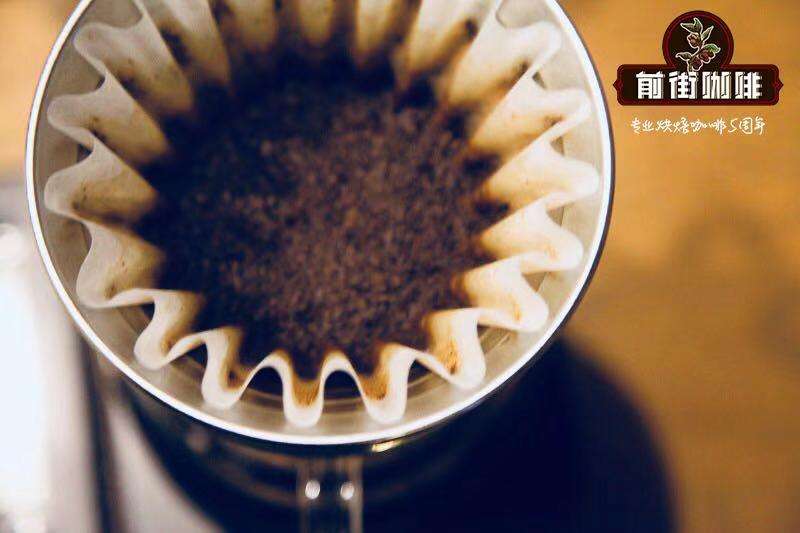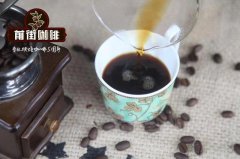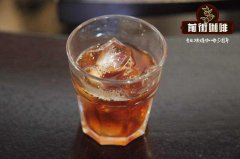Introduction to the characteristics of Guatemalan Coffee beans

Professional coffee knowledge exchange more coffee bean information please follow the coffee workshop (Wechat official account cafe_style)
Introduction to coffee at Polsa Manor in Guatemala on Qianjie
Guatemala is bordered by Mexico to the north and El Salvador and Honduras to the south. This country, which mainly grows and exports coffee, has fertile soil suitable for coffee trees, suitable climate, abundant water resources and high altitude planting height. Its territory also has many well-known producing areas, such as Antigua, Vivette Nanguo, Koban and so on. Vivette Nango and Antigua are best known to coffee lovers. Vivette Nan Fruit is located in the highlands of northwestern Guatemala, growing at an altitude of 1800-2100 meters. It is the highest coffee-producing area in the country and is famous for producing high-quality beans.
Coffee washing began in the mid-18th century. In the process of washing, the pulp of the coffee fruit should be removed first, then the residual mucous membrane on the inner pericarp should be removed by fermentation trough, and the beans should be washed and dried.
The washing method can remove impurities and defective beans through each step, so the appearance of raw beans is uniform and is generally considered to be of high quality. But the biggest disadvantage of washed coffee is that coffee beans are easy to get the stench of fermentation during fermentation. Beans will be stained with the smell of fermentation, most of which are due to the lack of management and maintenance of the fermentation tank. The microbes that soak the coffee beans with mucous membrane on the endocarp in the fermentation tank will cause the coffee beans to be stained with fermented flavor. In addition, the equipment cost of coffee washing method is high, and the washing steps are also quite laborious.
Huehuetenango
Guatemala Finca La Bolsa
Chateau Polsa, Guatemala
Producing area: Vivette Nanguo
Manor: Polsa Manor
Altitude: 1500 m
Variety: Pacamara
Treatment: washing
This polsa is amazing, sour and soft, with sour aromas of lemon, passion fruit and plums, with aromas of brown sugar, and the taste is constantly changing with the change of temperature.
END
Important Notice :
前街咖啡 FrontStreet Coffee has moved to new addredd:
FrontStreet Coffee Address: 315,Donghua East Road,GuangZhou
Tel:020 38364473
- Prev

What are the characteristics of Salvadoran washed coffee? description of Salvadoran coffee taste
Professional coffee knowledge exchange more coffee bean information please follow the coffee workshop (Wechat official account cafe_style) front street Salvadoran olive manor washed coffee taste brief introduction Salvadoran coffee refers to the small South American country of El Salvador coffee, light, aromatic, pure, slightly sour, flavor characteristics is a good balance, is a specialty of Central America. With acid,
- Next

Coffee is better than soybeans or soybeans. The difference between soybeans and soybeans
Professional coffee knowledge exchange more coffee bean information please follow the coffee workshop (Wechat official account cafe_style) front street Kenya PB coffee flavor introduction coffee beans are the fruit of coffee trees, in general, a single fruit (coffee cherry coffee cherry) will contain two slices of coffee beans, which is called Type I (type 1), however, affected by the above factors, some
Related
- Beginners will see the "Coffee pull flower" guide!
- What is the difference between ice blog purified milk and ordinary milk coffee?
- Why is the Philippines the largest producer of crops in Liberia?
- For coffee extraction, should the fine powder be retained?
- How does extracted espresso fill pressed powder? How much strength does it take to press the powder?
- How to make jasmine cold extract coffee? Is the jasmine + latte good?
- Will this little toy really make the coffee taste better? How does Lily Drip affect coffee extraction?
- Will the action of slapping the filter cup also affect coffee extraction?
- What's the difference between powder-to-water ratio and powder-to-liquid ratio?
- What is the Ethiopian local species? What does it have to do with Heirloom native species?

